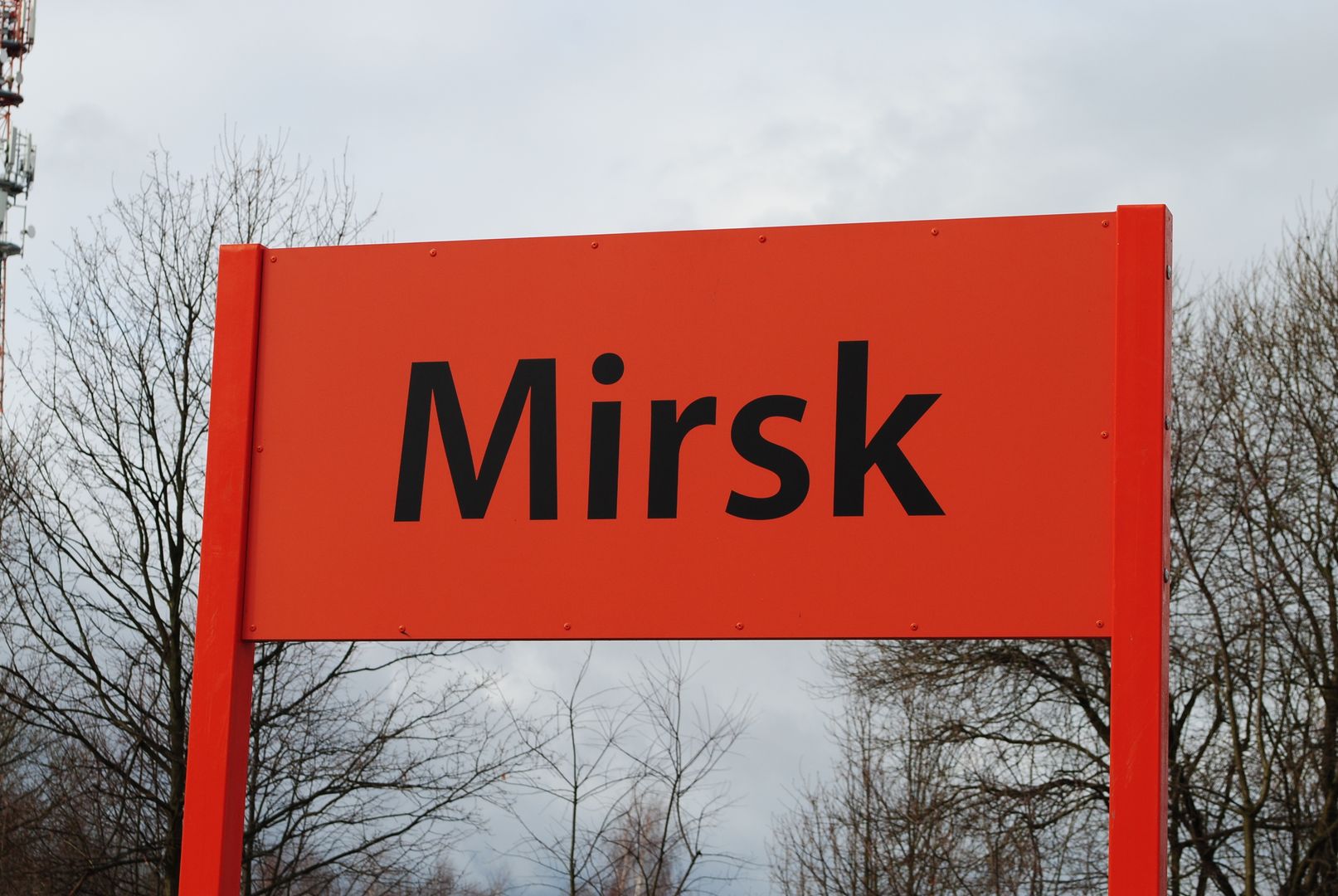Mirsk
6.39

Overview
Mirsk is a town in southwestern Poland, known for its railway stop established with the opening of the railway line from Gryfów Śląski on November 1, 1884. The station served as a junction, with connections to Świeradów-Zdrój, Gryfów Śląski, and the Czech border. In 1904, the railway line was extended to Jindřichovice pod Smrkem, and in 1909, the line to Świeradów-Zdrój was completed, enhancing Mirsk's importance. After World War II, the station declined in significance, and the last passenger train departed on February 11, 1996. The station's infrastructure originally included two platforms and several sidings. Over time, Mirsk became a focus of revitalization efforts, and in 2020, the Lower Silesian Voivodeship took over the railway lines, leading to the restoration of passenger services after 27 years. Since December 10, 2023, regional connections operated by Koleje Dolnośląskie link Mirsk with Gryfów Śląski and Świeradów-Zdrój. The stop is equipped with modern infrastructure, including a covered platform with surveillance, as well as bicycle and parking facilities. Nearby, the historic station building still functions today, its architecture reflecting the bygone era of railway prominence in the region. Interestingly, before 1945, Mirsk was an important hub for long-distance connections to Berlin and Wrocław, adding cultural and historical value to the area. The reinstatement of railway services has boosted tourism development, providing easier access to the region's charming attractions.
Location
2025 Wizytor | All Rights Reserved